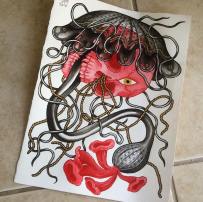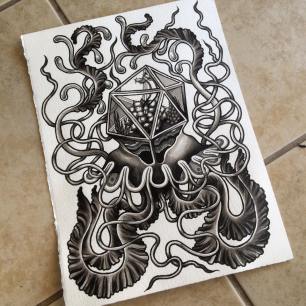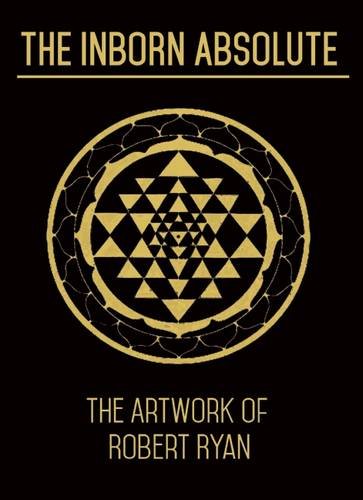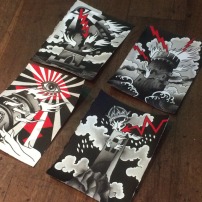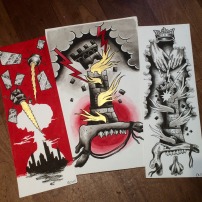
This just popped up on Mr. Michael E. Bennett’s blog; a fusion of the Merkabah and a Yantra. It’s so beautifully rendered. I can only hope (and by that, I mean nag him until he does it) that Michael turns this into a print.
The symbolism is worth researching if you’re not familiar:
Merkabah–
Ezekiel’s Wheel- the Chariot of God.
From Wiki: According to the verses in Ezekiel and its attendant commentaries, his vision consists of a chariot made of many heavenly beings driven by the “Likeness of a Man.” Four beings form the basic structure of the chariot. These beings are called the “living creatures” (Hebrew חיות khayyot). The bodies of the creatures are “like that of a human being”, but each of them has four faces, corresponding to the four directions the chariot can go (north, east south and west). The faces are that of a man, a lion, an ox (later changed to a cherub in Ezekiel 10:14) and an eagle. Since there are four angels and each has four faces, there are a total of sixteen faces. Each Chayot angel also has four wings. Two of these wings spread across the length of the chariot and connected with the wings of the angel on the other side. This created a sort of ‘box’ of wings that formed the perimeter of the chariot. With the remaining two wings, each angel covered its own body. Below, but not attached to the feet of the “Chayot” angels are other angels that are shaped like wheels. These wheel angels, which are described as “a wheel inside of a wheel”, are called “Ophanim” אופנים (lit. wheels, cycles or ways). These wheels are not directly under the chariot, but are nearby and along its perimeter. The angel with the face of the man is always on the east side and looks up at the “Likeness of a Man” that drives the chariot. The “Likeness of a Man” sits on a throne made of sapphire.
Yantra–
The Sanskrit word for instrument or machine.
From Wiki: One usage popular in the west is as symbols or geometric figures. Traditionally such symbols are used in Eastern mysticism to balance the mind or focus it on spiritual concepts. The act of wearing, depicting, enacting and/or concentrating on a yantra is held to have spiritual or astrological or magical benefits in the Tantric traditions of the Indian religions.
For more of Michael’s work- click here.


